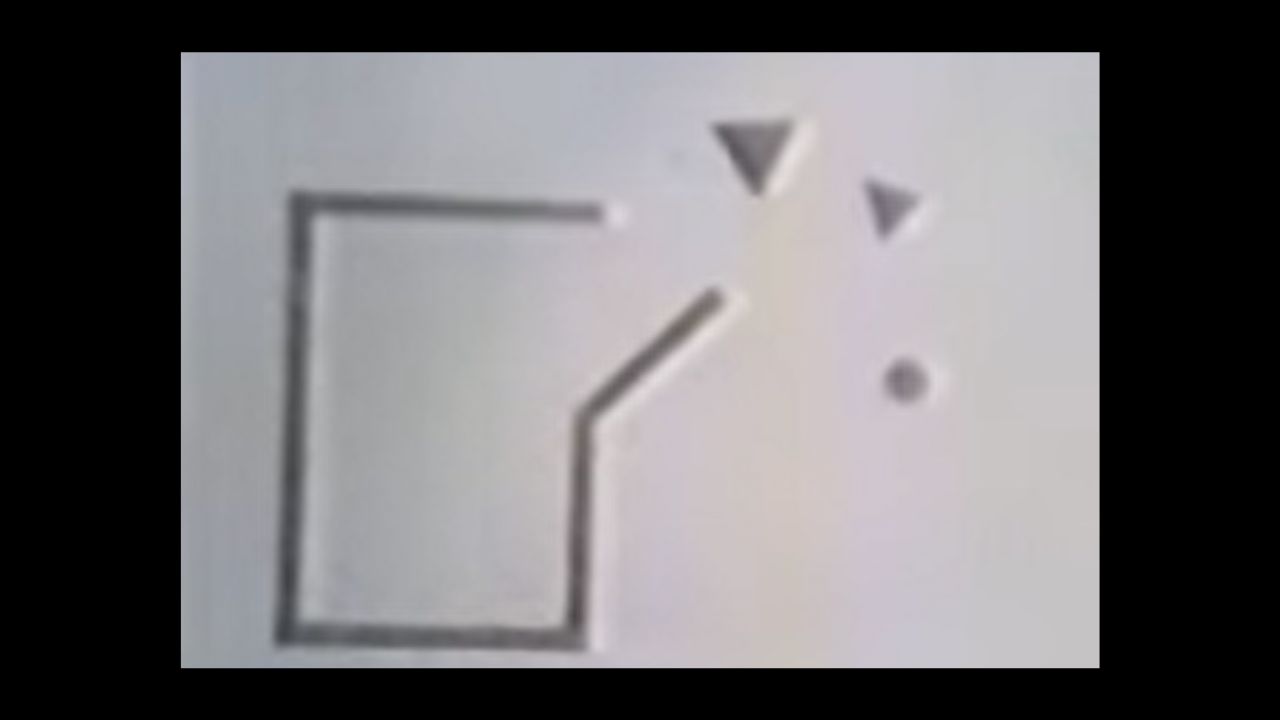SD #23: Don't Risk Your Messaging Falling to Pieces
Nov 28, 2022
Don't Risk Your Messaging Falling to Pieces | End Customer Confusion With Story Structure
(Trouble viewing images? Click view in web browser)
Read Time: 6.0 minutes
Be sure you have your story and the foundation of its messaging solid, situated, and clear before bringing it to a public that has a very short attention span and tends to read only headlines.
— Loren Weisman, Messaging and Optics Strategist
We all know that a confused customer won't buy, so how can you ensure that your messaging is clear, engaging and appealing, every time you speak or write about your business?
The answer lies in the simple application of story structure.
What’s the Tip?
Story structure is the easiest way to ensure that your business messages have a clear, singular message in a world of short attention spans and fierce competition. That's why participants focus on learning the application of story structure in our workshops and courses. It's the foundation for great content that captures attention, keeps that attention and engages action. It can be applied quickly and easily, once you know the frameworks.
How Do You Use It?
It doesn't matter what the content is, story structure is a game-changer. It can be applied to your elevator pitch, social media, marketing letters, website content and even podcast interviews.
Because mental imagery is a great way to understand how things work, here are two easy analogies to get you thinking about the importance of structure and why it's needed to create clarity for your prospects:
Scenario 1: Imagine you are visiting a new restaurant for the first time. You know nothing about it, but you're really hungry and think you'll give it a try. The server brings you a menu, but rather than a list of mouth-watering meal options, the only thing you see listed on the parchment pages are the ingredients used in the kitchen. You are completely perplexed and ask the server about the entree choices. The server replies, "All of our offerings are on the menu, Sir!" Technically, the server is right. But do you stay, take your chances and order something, or do you leave?
Think about this when it comes to your elevator pitch, or other marketing content. Is it a list "full of ingredients" (information, facts, data, etc.,) or does it paint a "delicious story" that makes people want to "stay and eat"?
Scenario 2: A new referral wants to know more about your coaching business, and after an email exchange, you realize you don't live too far from each other. To get out of the office, you agree to meet up at the local coffee shop to discuss how you might work together. You arrive at the coffee shop, only to learn from your prospective client that something unexpected has come up and she only has about 5 minutes to chat. After the usual introductory pleasantries - the prospect asks if you have a brochure or some kind of "leave behind" that she can take with her? You smile and hand her a box of jigsaw puzzle pieces and say, "Everything you need to know about my business is in here!" The prospect, now happy that she has an excuse to leave quickly, accepts the box and flees!
Just as in the case of the "menu of ingredients", everything your prospective customer needs to know is "all there". Your offerings, pricing, testimonials, biography, methodology, etc. But what are the chances that the prospect will go home, put all of the pieces together and then book time with you?
Easy answer.
What are Some Examples?
One of the greatest examples of why story structure is imperative for clear messaging can be found in an experiment conducted at Smith College in 1944. Two professors, Heider and Simmel, showed a silent film of animated black and white geometrical shapes moving around to a group of students.
Afterwards, they asked the students to share what they saw. A few students said that they literally saw geometric shapes moving around (which was exactly what was happening). But most of the students saw some sort of story (bullying, someone lost, a couple, a child playing with a toy, etc.).
Why did most of the students see a story? Because our brains are wired for story. And absent a story - our brains will make up one. So, what's to be learned here? The students who said they saw a story each saw different stories. Each person's story was unique, because there was no clear structure to lead their minds in a specific direction.
When it comes to your business messaging, you don't want to leave customers confused, nor do you want each of them to interpret a different story from what you are putting out there. You have one singular message that you want to be heard loud and clear, so that people will respond to your specific call to action.
If you'd like to see the Heider and Simmel clip and do the experiment yourself, watch the video below. Afterwards, ask yourself what you saw? Then ask family members or friends to watch it and ask them what they saw? This is a great way prove out how the lack of structure in content leads to various stories!
What Are the Benefits to You?
- Structure creates clarity
- Clarity leads to understanding
- Understanding leads to connection
- Connection leads to engagement
- Engagement leads to conversion
- Conversion leads to profit
TL;DR
- Story structure ensures that you are sending out a clear, singular message to everyone who hears it.
- Story structure is the best way to capture attention and get people to stay and say "tell me more".
- Story structure can be applied to every form of content, written and spoken, by applying easy to learn frameworks.
Applying story structure is easy when you know the 3 StoryHacks!
1. Master the 3 StoryHacks you need to create better content faster in our Private VIP Workshop.
2. Get real-time feedback for a special project or presentation and elevate your business storytelling with live, virtual Coaching.
Try the Heider-Simmel experiment for yourself! Do you see a story? Is it the same or different from what your friends and family see?


